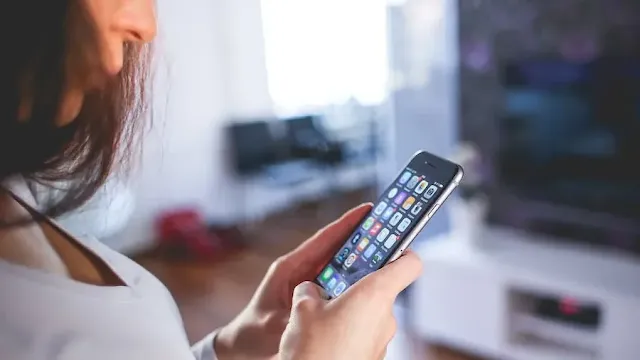During a recent trip to Bengaluru, I was denied boarding on an overbooked IndiGo flight despite arriving early with a confirmed ticket. After a frustrating wait, I secured a ₹10,000 voucher and a seat on a later flight by knowing my rights. Denied boarding due to overbooking is common in India, where airlines like Air India, IndiGo, and Vistara oversell seats to account for no-shows. This guide details your rights under DGCA regulations, compensation up to ₹20,000, and steps to handle being bumped from a flight.
Table of Contents
What Is the Maximum Compensation for Denied Boarding?
Under the Directorate General of Civil Aviation (DGCA) Passenger Charter (2019), airlines must compensate passengers denied boarding due to overbooking. The maximum compensation depends on flight duration:
- Flights under 1 hour: ₹5,000 or the one-way basic fare plus fuel charge, whichever is lower.
- Flights between 1–2 hours: ₹10,000 or the one-way basic fare plus fuel charge, whichever is lower.
- Flights over 2 hours: ₹20,000 or the one-way basic fare plus fuel charge, whichever is lower.
If no alternate flight is provided, you’re entitled to a full refund plus 400% of the fare, up to ₹20,000.
Do I Get Compensation for Denied Boarding?
You’re eligible for compensation if you’re involuntarily denied boarding due to overbooking, provided you:
- Had a confirmed ticket and checked in on time.
- Were not bumped for safety, security, or operational reasons (e.g., weight restrictions).
- Did not volunteer to give up your seat for benefits.
Volunteers who give up seats may receive vouchers or miles but not mandatory compensation.
What to Do If an Airline Denies Boarding?
If denied boarding, take these steps to protect your rights:
- Request Documentation: Ask for a written statement explaining the reason for denial.
- Demand Compensation: Claim your entitled compensation (up to ₹20,000) based on flight duration.
- Choose an Option: Opt for an alternate flight within one hour or a full refund. Airlines must provide meals, refreshments, or accommodation for longer delays.
- File a Claim: Contact the airline’s customer service or use AirSewa to file a grievance, providing your ticket and contact details.
Is Denied Boarding Compensation Cash?
Compensation can be cash, bank transfer, or vouchers, depending on the airline’s policy. DGCA mandates immediate cash refunds or credit card refunds within seven days. Some airlines, like IndiGo, may offer vouchers for future travel, but you can insist on cash if preferred.
Compensation for Denied Boarding in Air India
Air India follows DGCA guidelines, offering compensation up to ₹20,000 for denied boarding, based on flight duration. However, Air India faced a ₹10 lakh fine in 2023 for non-compliance with compensation rules, as noted in PIB. Always confirm Air India’s policy at check-in or via their website.
How Much Will an Airline Pay to Bump You?
If you volunteer to be bumped, airlines may offer incentives like vouchers, miles, or cash, often exceeding mandatory compensation (e.g., ₹25,000–₹50,000 in vouchers). For involuntary bumping, DGCA mandates:
- Alternate Flight within 1 Hour: No compensation required.
- Within 24 Hours: ₹5,000–₹10,000, based on flight duration.
- Beyond 24 Hours or No Flight: Up to ₹20,000 plus a full refund.
Check airline policies, as some may offer additional perks to volunteers.
FAQs About Denied Boarding in India
What is the maximum compensation for denied boarding?
The maximum compensation is ₹20,000 or 400% of the one-way fare plus fuel charge, whichever is lower, for flights over 2 hours, per DGCA rules.
Do I get compensation for denied boarding?
Yes, if involuntarily denied boarding with a confirmed ticket and timely check-in, unless bumped for safety or operational reasons.
What to do if an airline denies boarding?
Request written documentation, demand compensation up to ₹20,000, choose an alternate flight or refund, and file a claim via the airline or AirSewa.
Is denied boarding compensation cash?
Compensation can be cash, bank transfer, or vouchers. DGCA requires immediate cash refunds or credit card refunds within seven days.
What is the compensation for denied boarding in Air India?
Air India offers up to ₹20,000 for denied boarding, based on flight duration, but has faced fines for non-compliance, so verify their policy.
How much will an airline pay to bump you?
Volunteers may receive vouchers or miles (e.g., ₹25,000–₹50,000). Involuntary bumping yields ₹5,000–₹20,000, depending on flight duration and alternate flight timing.
External Resources:
India Baggage Rules: Flight Overbooking in India
















